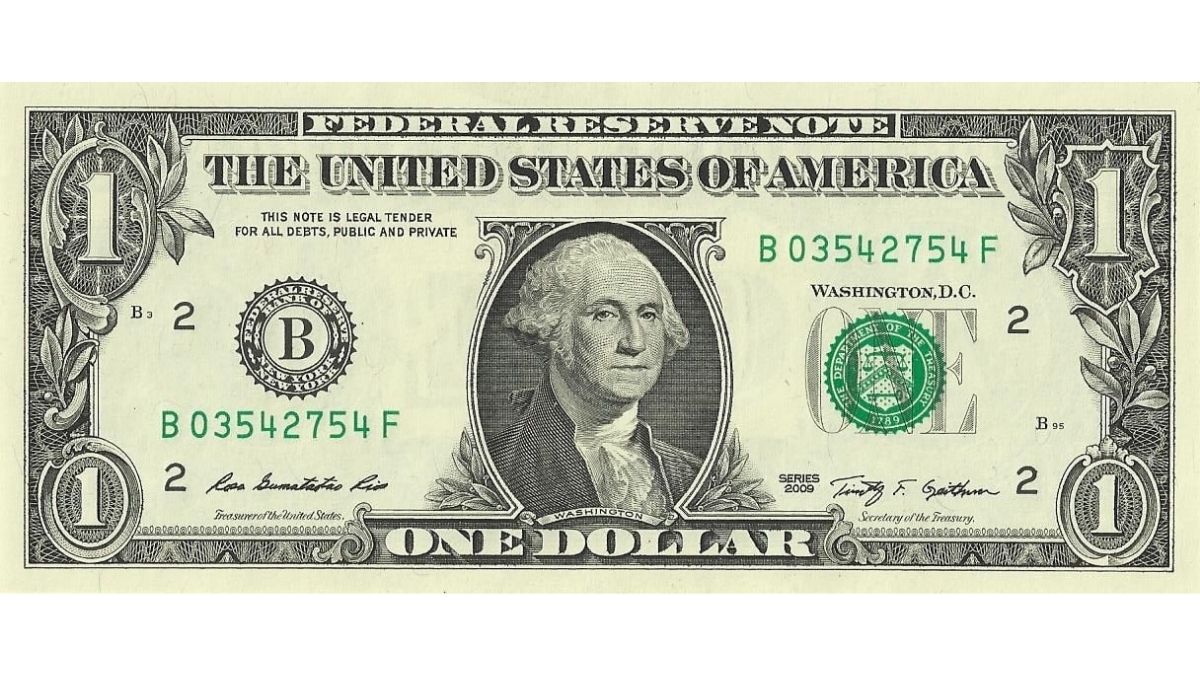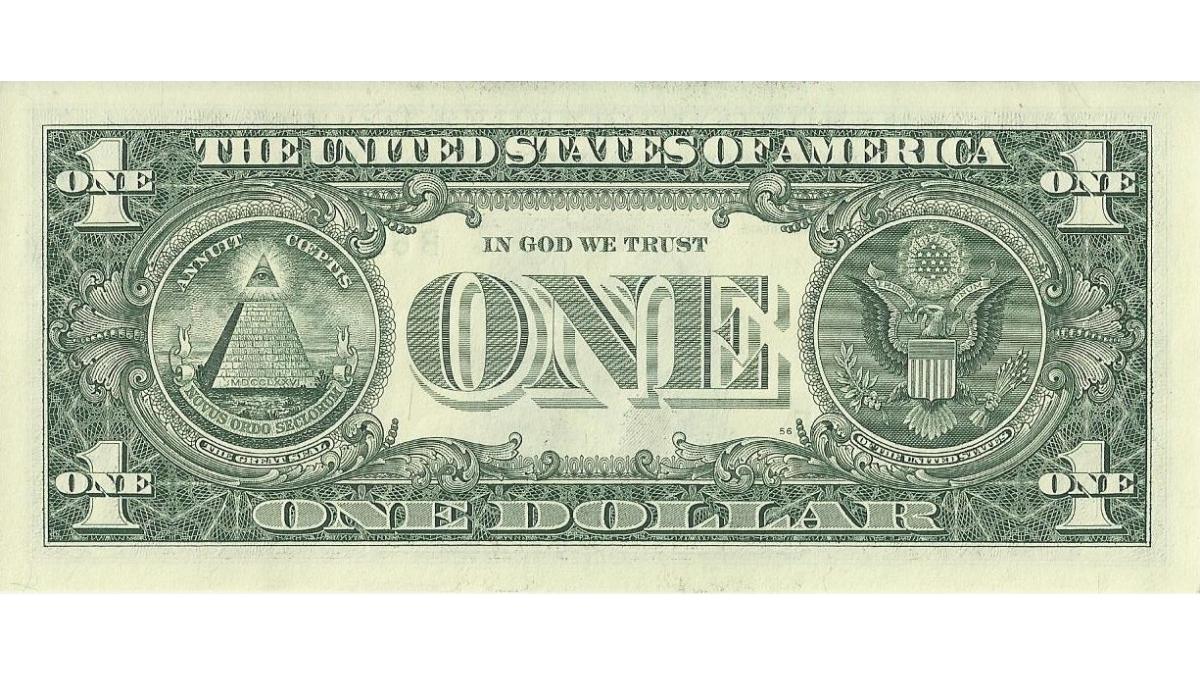The humble $1 bill banknote is likely the most common banknote you'll encounter. But have you ever paused to look beyond the portrait? While it may seem like a simple piece of paper, this U.S. currency note is a mini-museum of American history and a canvas of hidden meanings. From the all-seeing eye to the number 13 popping up everywhere, the symbols on the dollar bills tell a captivating story about the nation's founding principles. We have got the scoop on the history and the mysterious emblems that many people, even in the U.S., miss every day.
| Feature | About the 1 Dollar Bill |
| Portrait | George Washington |
| Reverse | The Great Seal of the United States (Obverse and Reverse) |
| Current Series | Printed since 1963 |
| Key Symbols | The Pyramid, The Eye of Providence, Eagle, and more |
| Primary M-otto | IN GOD WE TRUST |
| Latin Phrases | ANNUIT COEPTIS (He has favored our undertakings), NOVUS ORDO SECLORUM (A new order of the ages), E PLURIBUS UNUM (Out of many, one) |
Must Read - List of 7 US Currency Denominations still in Circulation
Who is on the 1 Dollar Bill?
The face we see on the front of the $1 bill today is George Washington, the first U.S. President. His portrait has been a staple of the note since 1869. Before that, the first $1 bill, issued during the Civil War, actually featured Salmon P. Chase, the then-Secretary of the Treasury. Washington was chosen to represent a unifying figure for the new nation, a decision that cemented his place as an enduring symbol of American identity.

How George Washington ended up on the 1 Dollar Bill?
The journey of George Washington's portrait to the most circulated U.S. currency was a deliberate choice. While the very first $1 bill issued in 1862 featured a different person, it was in 1869 that Washington’s portrait, based on an unfinished 1796 painting by Gilbert Stuart, was first used. He was a natural fit because he was the nation's first president and is often referred to as the "father of the country." The selection of Washington for this prominent bill was a way to honor a founding father who was a symbol of unity and leadership for a nation still in its early stages.
Secret Symbols on the Dollar Bills You Never Noticed
The reverse side of the 1 dollar bill is where things get truly interesting. It features both sides of the Great Seal of the United States, a design full of cryptic symbolism that has sparked curiosity for generations.

1. The Unfinished Pyramid
Look to the left. You'll see an unfinished pyramid with 13 layers of bricks, representing the 13 original colonies. The pyramid's unfinished state symbolizes the nation's continued growth and future potential. Below the pyramid, the Roman numerals MDCCLXXVI (1776) mark the year the Declaration of Independence was signed.
2. The Eye of Providence
An eye is inside a triangle at the top of the pyramid, and the triangle is surrounded by a bright light. This is the Eye of Providence, and it's not a secret symbol but an ancient one representing God's watchful eye over the new republic. Above the eye, the Latin phrase Annuit Coeptis means "He [God] has favored our undertakings."
3. The Eagle and Its Claws
The right side of the bill features a bald eagle, the national bird of the United States. The eagle has an olive branch in its right talon, which stands for peace, and 13 arrows in its left talon, which stand for the power of war. This combination shows the nation's desire for peace but its readiness for conflict.
4. E Pluribus Unum and the 13 Stars
It says "E Pluribus Unum" in Latin on a scroll in the eagle's beak. This means "Out of many, one." This means that 13 separate colonies came together to form one nation. There are 13 stars above the eagle's head that make up a constellation. This shows the new nation's place among other independent nations.
Interesting Facts about the One Dollar Bill
Here are some more facts about the $1 bill that will pique your curiosity even more:
-
The Number 13: The number 13 keeps coming up. There are 13 arrows, 13 olive leaves, 13 stars above the eagle, 13 stripes on the shield, and even 13 berries on the olive branch.
-
No Women on a Bill: No woman is currently featured on any U.S. paper currency. However, Martha Washington was on the $1 silver certificate in 1886.
-
Durability: A 1 dollar bill can withstand about 4,000 double folds, forwards and backwards, before it tears.
Also Read - U.S. Coins Explained: The People Featured on Your Money
In the end, the dollar bill is more than just a way to pay. It's a real link to American history, a small piece of art and symbolism that shows the hopes and dreams of a young country. Take a closer look at the next time you hold one; you might see something new.
Comments
All Comments (0)
Join the conversation